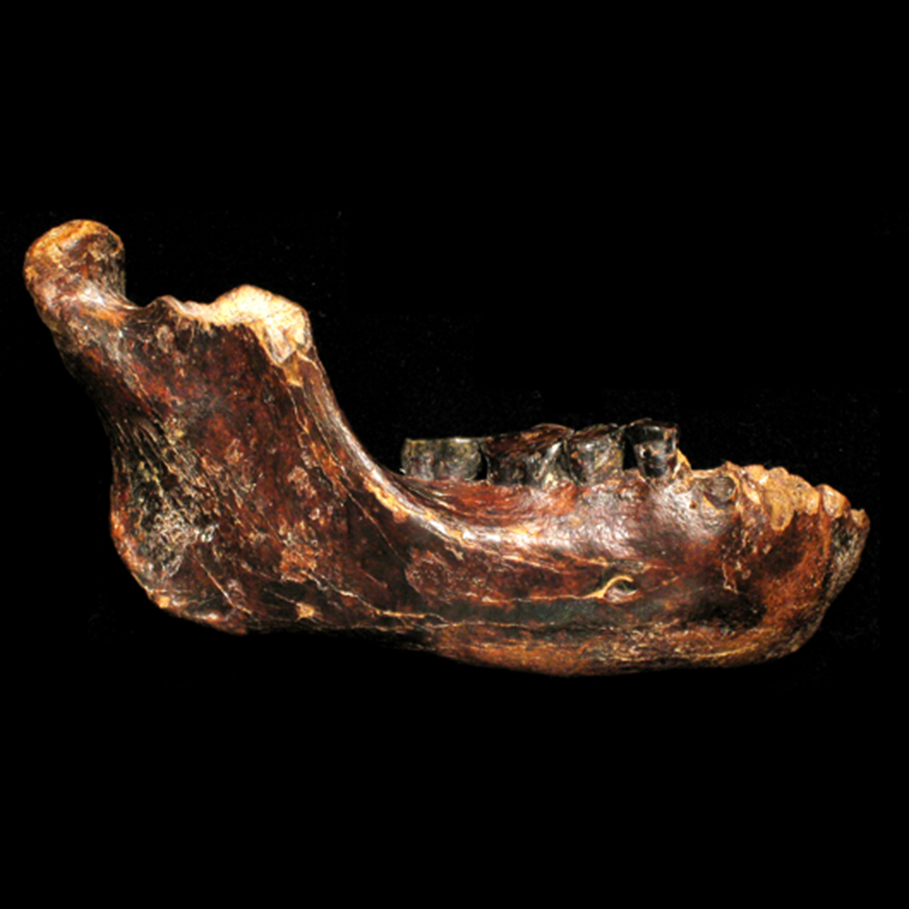DATE2025.04.11 #Press Releases
A new Denisovan mandible from Taiwan
--Ancient protein analysis revealed that the oldest hominin fossil in Taiwan was derived from a male Denisovan--
Summary
An international research team from Japan, Taiwan, and Denmark, including Dr. Takumi Tsutaya and Dr. Rikai Sawafuji (now a lecturer at Kyushu University) of the Graduate University for Advanced Studies (SOKENDAI), Professor Yosuke Kaifu and Professor Hiroki Oota of the University of Tokyo, Dr. Chun-Hsiang Chang of the National Museum of Natural Science (Taiwan), Associate Professor Frido Welker and Professor Enrico Cappellini of the University of Copenhagen—has successfully analyzed ancient protein sequences from the oldest hominin fossil found in Taiwan. The study revealed that the fossil, Penghu 1, was derived from a male Denisovan, and the finding has been published in Science.
The Penghu 1 mandible (dated to between 190,000 and 10,000 years ago), discovered on the seabed of the Penghu Channel, was initially recognized as a distinct archaic hominin at the first report. Due to its unique and primitive morphology, it was referred to as "the fourth Homo erectus-grade archaic human found in Asia"(Figure). While its morphological evaluation remains unchanged, the new molecular analysis has shifted its taxonomic placement within human evolutionary history.
Modern human populations in eastern Asia, especially in Southeast Asia, carry Denisovan-derived genomic components, suggesting interbreeding between the two groups in this region. However, until now, Denisovan fossils had only molecularly identified at two sites in northern Asia. This study provides the first direct fossil evidence that Denisovans were also present in southeastern Asia.
The research further revealed that the mandibles and teeth of the Denisovans were considerably more robust than those of Neanderthals and Homo sapiens, who coexisted during the same time. These results offer new insights into the mysterious appearance and geographic distribution of the Denisovans.
 Figure: Right side view of the mandible of Penghu 1. (Photo: Dr. Kaifu, The University of Tokyo)
Figure: Right side view of the mandible of Penghu 1. (Photo: Dr. Kaifu, The University of Tokyo)
Links
The Graduate University for Advanced Studies, The University of Tokyo University Museum, Kyushu University, Kanazawa University
Journal
-
Journal Name ScienceTitle of paper


